Table of content
As summer’s scorching heat intensifies, few beverages rival the soothing embrace of a bowl of vibrant green mung bean soup. This timeless Asian elixir, celebrated for its cooling properties and delicate sweetness, has been a household staple for generations. Beyond its refreshing taste, mung bean soup—or lvdou tang as it’s known in Chinese—is revered for its ability to detoxify the body, hydrate the skin, and alleviate internal heat. Crafting the perfect batch requires more than just tossing beans into water; it demands attention to detail, a handful of secrets, and an appreciation for tradition. This article unveils the art of making emerald-green mung bean soup at home, from selecting the finest ingredients to mastering the techniques that ensure a silky-smooth texture and radiant hue.
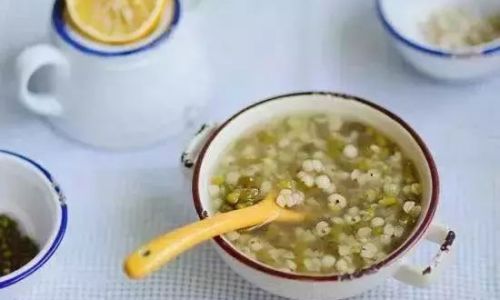
The Science Behind the Cooling Power of Mung Beans
Mung beans (Vigna radiata) are tiny legumes packed with nutrients, including protein, fiber, vitamins (such as B vitamins and folate), and minerals like magnesium and potassium. Their cooling effect stems from their rich content of polyphenols and flavonoids, antioxidants that combat inflammation and reduce body temperature. In traditional Chinese medicine (TCM), mung beans are classified as “yin” or cooling foods, making them ideal for balancing the body’s internal heat during sweltering weather.
Ingredients: Simplicity Meets Quality
The beauty of mung bean soup lies in its minimalist ingredient list, which allows the beans’ natural flavor to shine. Here’s what you’ll need:
- Mung Beans (1 cup): Opt for fresh, plump beans with a bright green color. Avoid those that appear dull, shriveled, or discolored, as they may be stale.
- Water (8–10 cups): Use filtered water to prevent mineral aftertastes that could dull the soup’s clarity.
- Sweetener (to taste): Traditional recipes use rock sugar or white sugar, but honey, maple syrup, or dates offer healthier alternatives. Adjust based on preference.
- Optional Add-Ins:
- Chenpi (dried tangerine peel): Enhances digestion and adds a subtle citrusy aroma.
- Lotus leaves: Impart a grassy fragrance and boost cooling effects.
- Pandan leaves: For a tropical twist, common in Southeast Asian variations.
Step-by-Step Cooking Process: From Bean to Bowl
Preparing the Mung Beans
- Rinse Thoroughly: Place the beans in a fine-mesh strainer and rinse under cold water, gently rubbing them to remove dust or debris. This step ensures a cleaner flavor and prevents cloudiness.
- Soak (Optional but Recommended): Soak the beans in 4 cups of water for 2–4 hours (or overnight in the refrigerator). Soaking softens the beans, reducing cooking time and ensuring even texture. Skip this step if using a pressure cooker.
Cooking Methods: Stovetop vs. Pressure Cooker
-
Stovetop (Traditional Method):
- Drain the soaked beans and transfer them to a large pot. Add 8–10 cups of water (or 6 cups if not soaked).
- Bring to a boil over high heat, then reduce to a simmer. Skim off any foam that rises to the surface—this prevents bitterness.
- Add optional ingredients like chenpi or lotus leaves.
- Simmer for 45–60 minutes (or 1.5–2 hours if unsoaked), stirring occasionally, until the beans are tender and the soup thickens slightly.
- Stir in sweetener during the last 10 minutes of cooking to avoid overcooking the beans.
-
Pressure Cooker (Speed Method):
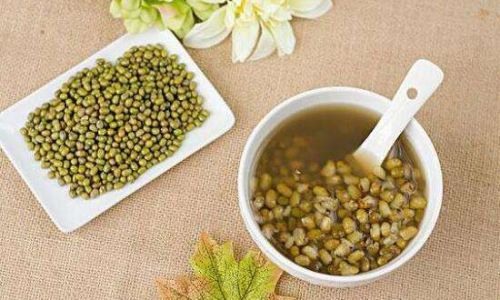
- Combine soaked beans, water, and add-ins in the cooker.
- Cook on high pressure for 12–15 minutes, then allow natural release.
- Stir in sweetener after depressurizing.
Achieving the Perfect Texture and Color
- Avoid Overcooking: Overcooked beans become mushy and release starch, clouding the soup. Cook until the beans are soft but still intact.
- Preserve the Green Hue:
- Use stainless steel or enameled cast iron pots; aluminum or iron pots may react with the beans, causing discoloration.
- Add a pinch of baking soda (¼ tsp) to the cooking water to help retain vibrancy.
Serving and Storage
- Serve Chilled or Warm: Mung bean soup is delicious hot, but it truly shines when chilled. Transfer to the refrigerator for 2–3 hours before serving.
- Garnish Creatively: Top with fresh mint, a drizzle of coconut milk, or toasted sesame seeds for added flair.
- Storage: Leftovers keep refrigerated for 3–4 days. Freeze in airtight containers for up to 3 months.
Pro Tips for Mung Bean Soup Perfection
-
The Ice Cube Trick:
For ultra-smooth soup, freeze a portion of the cooked beans, then blend with a small amount of liquid. The ice crystals break down the beans into a velvety purée. -
Sweetener Timing:
Add sugar or honey only after the beans are fully cooked. Early addition hardens the beans, preventing them from softening properly. -
The “Bloom” Test:
To check doneness, gently press a bean between your fingertips. It should mash easily but retain its shape. -
Layered Flavors:
Experiment with aromatic additions like pandan leaves, lemongrass, or ginger to elevate the soup’s complexity.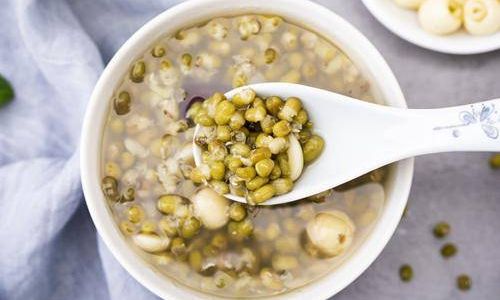
-
Adjust Consistency:
For a thicker soup, reduce water by 1–2 cups. For a thinner broth, add extra water or coconut water during cooking. -
Repurposing Leftovers:
Turn leftover soup into popsicles, mix with oatmeal, or use as a base for smoothies.
Health Benefits Beyond Hydration
Mung bean soup is more than a summer refresher—it’s a nutritional powerhouse. Here’s why:
- Detoxification: The beans’ saponins and antioxidants aid liver function and promote toxin elimination.
- Skin Health: Vitamin A and zinc support collagen production and combat acne.
- Digestive Aid: High fiber content prevents constipation and stabilizes blood sugar.
- Weight Management: Low in calories and rich in protein, it’s a guilt-free indulgence.
Cultural Significance and Regional Variations
Mung bean soup transcends borders, with each culture adding its unique touch:
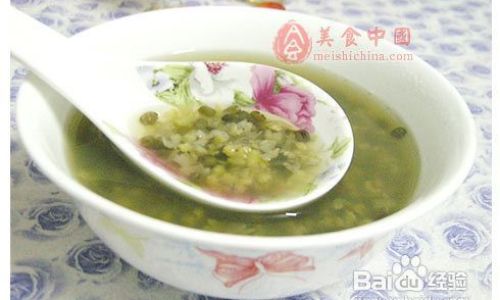
- China: Often sweetened with rock sugar and served during the Dragon Boat Festival.
- Korea: Nokdujuk is a savory porridge made with rice and mung beans.
- India: Moong dal soup is spiced with turmeric and cumin for a savory twist.
- Philippines: Ginataang monggo blends coconut milk with mung beans for a creamy dessert.
Troubleshooting Common Issues
- Cloudy Soup: Caused by excessive starch release. Next time, rinse beans thoroughly and avoid stirring vigorously.
- Bitter Taste: Old beans or unskimmed foam during cooking. Always source fresh beans and skim diligently.
- Mushy Beans: Overcooking. Reduce simmering time by 10–15 minutes.
Conclusion: A Timeless Elixir for Modern Times
Mung bean soup is a testament to the harmony of simplicity and efficacy. With its emerald-green hue, delicate sweetness, and myriad health benefits, it’s a beverage that nourishes both body and soul. By mastering the nuances of ingredient selection, cooking techniques, and creative adaptations, you can transform this humble dish into a culinary masterpiece. Whether enjoyed as a midday pick-me-up or a soothing evening treat, this ancient recipe remains a shining beacon of summer wellness. So, embrace the heat, sip mindfully, and let the cooling magic of mung bean soup wash over you—one spoonful at a time.
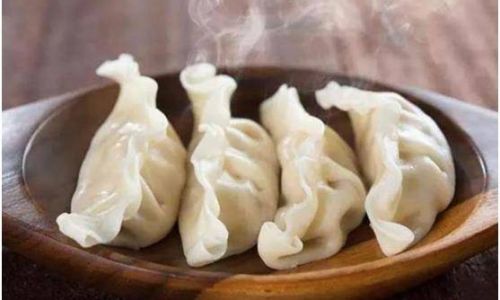
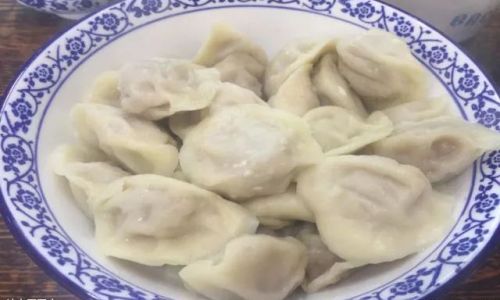
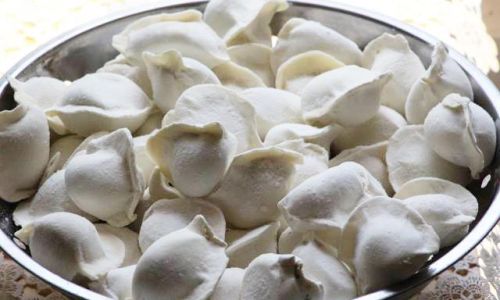
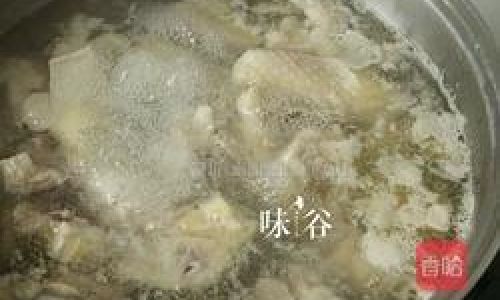
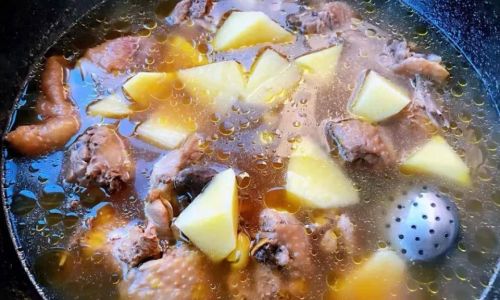
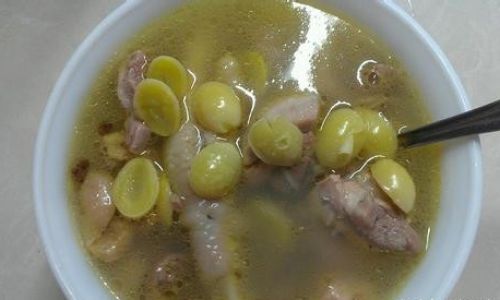
0 comments